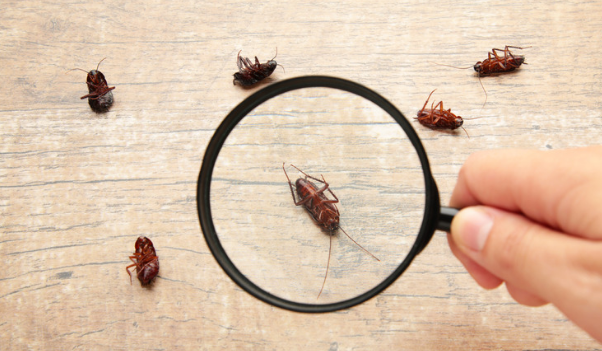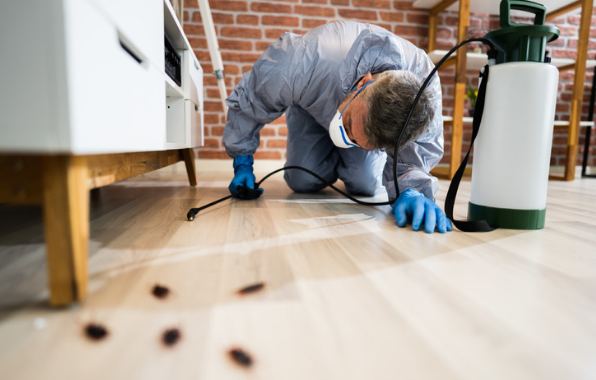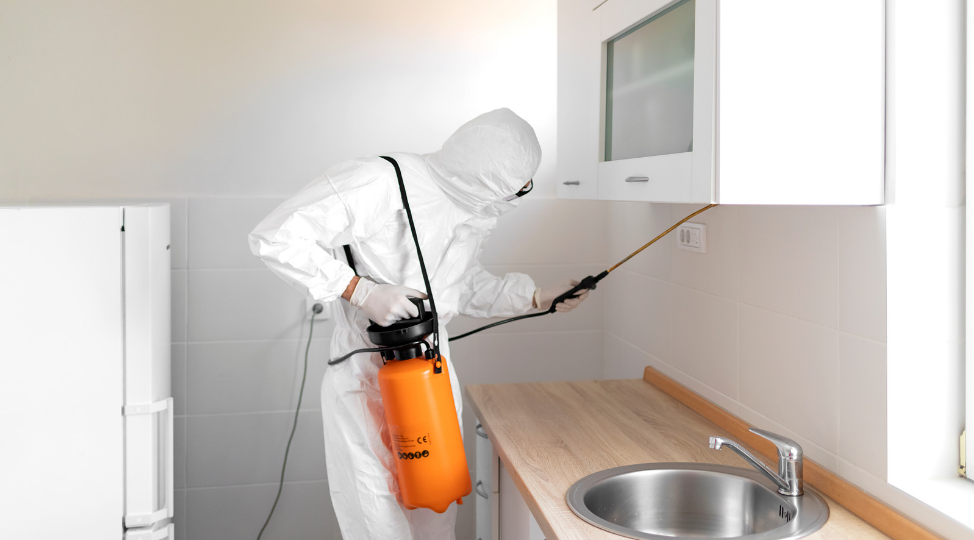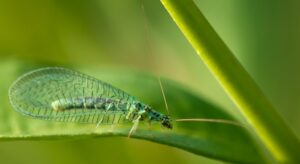Pest control, often known as pest management, is the way of eliminating or managing unwanted animals such as vermin. Rodents, water bugs, termites, bed bugs, spiders, and others are among the vermin removed through pest control. Pests have brought so much worry for very many years. They understand that when those organisms are around, serious problems, such as health issues, are bound to arise. Not just that, but insects can cause environmental harm because they infest buildings or ecosystems. Let’s see what the principles of pest control are.
Major Principles of Pest Control
Pest Identification

The first step in a successful pest management program is accurate pest identification. Never start a pest management program unless you know exactly what kind of pest you’re dealing with. Pest control will be smoother, better cost-effective, and much more successful if you know more about the pest and the elements that drive its development and spread.
Accurate assessment of a bug helps us to learn fundamental details about it, such as its life cycle as well as the period when it is most vulnerable to control.
As a trained applicator, you must really be aware of the bugs that are likely to be encountered in the type of job you do. To be able to recognize and control pests, you must be familiar with the following:
- The physical characteristics of the pests that are most likely to be encountered
- The qualities of the harm they inflict
- Their biology and development
- What your control objective is
Pest Monitoring

Trapping or scouting are commonly used to monitor insect, insect-like, molluscs. Visual examination is commonly used to keep track of garden pests. Microbial pests are monitored by searching for injuries because they are harmful to you and your house.
Monitoring might also entail checking the state of the environment in the monitored region. Temperature and moisture levels, particularly humidity, are frequently crucial indicators of when a pest outbreak will develop or when threshold levels will be reached. If a pest is present all of the time and the threshold is zero, monitoring isn’t necessary.
Pest Control Failures

Check to see if you used the correct pesticide and dosage, as well as if you applied the pesticide correctly. When a pesticide application fails to control a pest, it’s often because the pest was misidentified, and the incorrect pest chemical was used. Other treatments fail because the pesticide was not sprayed at the right time; the pest may not have been in the region at the time of application, or it may have been in a life cycle stage or location are not resistant to pesticide. Also, keep in mind that the pests you see could be part of a new pest infestation that started after you used the chemical.
Conclusion
The above listed are the major principles of pest control. Before hiring a professional pest control team, you need to ensure that your food, clothing, furniture and other paraphernalia are properly stored. And, once the treatment is over, use them in such a way that chances of re-infestation are reduced.





